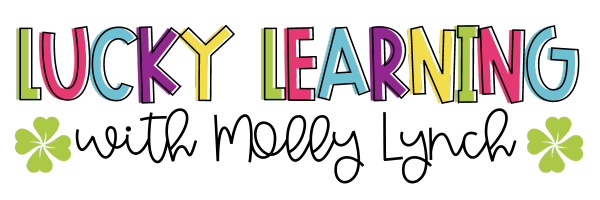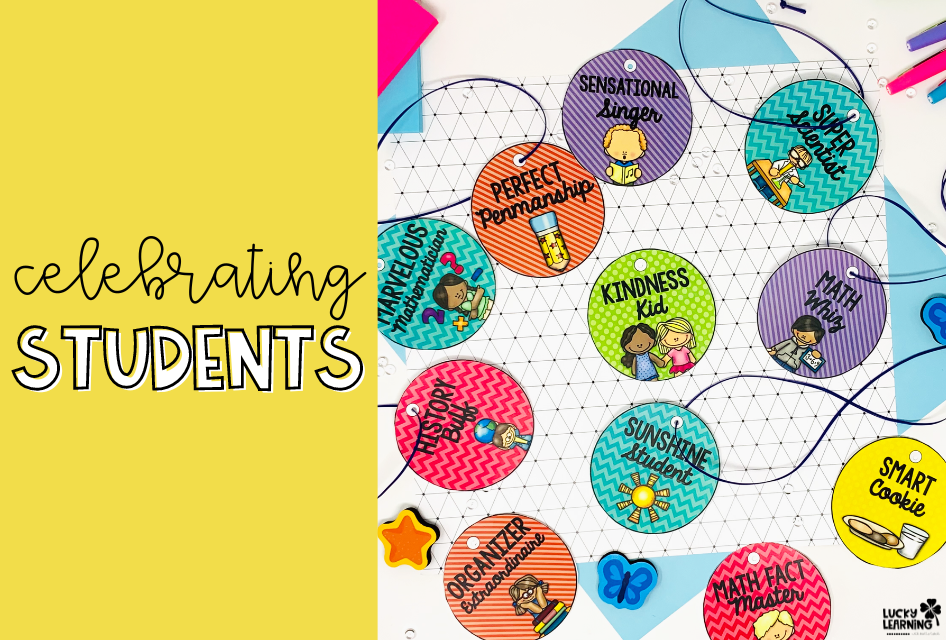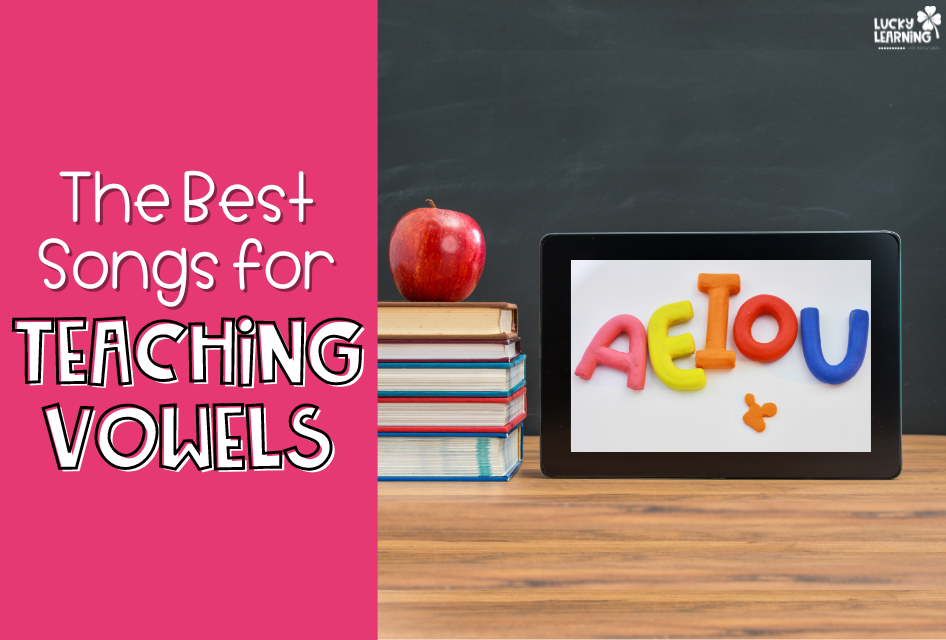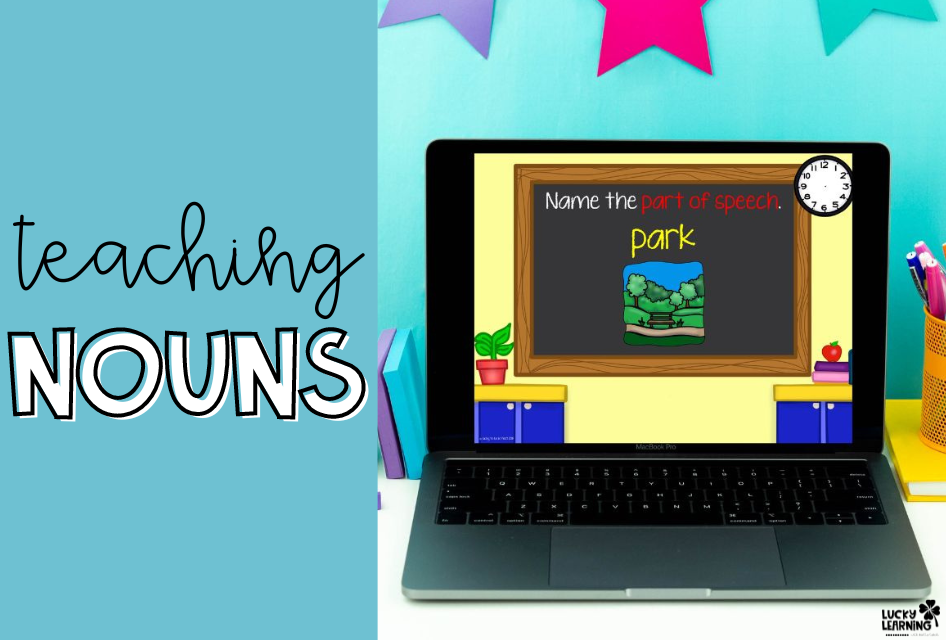By now you know I am a HUGE fan of teaching phonics in the classroom! I am a firm believer that phonics is the best pathway for students to tap into reading success.
But, we as teachers need to teach our students in a systematic, sequential way for our students to have the ultimate reading success.
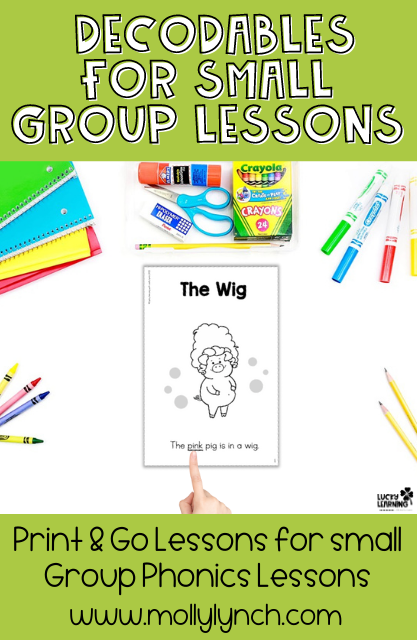
In my last post, I shared how to set up Decodables in a Dash for your classroom. A small amount of prep work up upfront will get you set up for all of the lessons!
Once you’ve set up your materials, it’s time to dig into each part of the lesson. A few things to note: phonics instruction should happen daily! {You can read more about that in this post} These lessons are just part of the phonics puzzle!
Let’s dig into what a Decodables in a Dash lesson looks like from start to finish!
The Lesson Plan
All you’ll need to teach each of the 85 lessons is on a single page. Yep…one single page will guide you through an entire small group lesson with your readers.
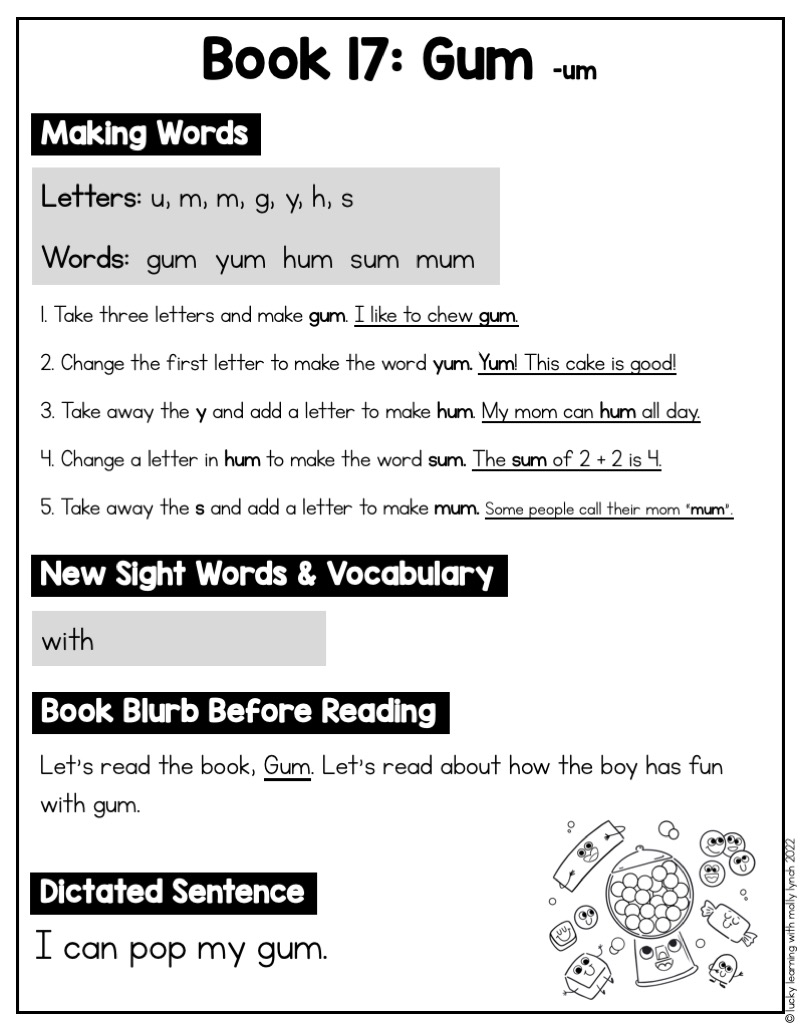
The lesson is broken down into three parts: pre-reading activities, reading the decodable text, and post-reading activities.
This post contains affiliate links. By purchasing an item on Amazon using these links, I will receive a small commission on your purchase. For more information about my Disclosure Policy, please visit this link.
Pre-Reading Activities
Making Words Lesson
You’ll begin each lesson with a Making Words activity. Before the lesson, gather the letters for each student for the lesson and place them into a plastic cup or bucket.
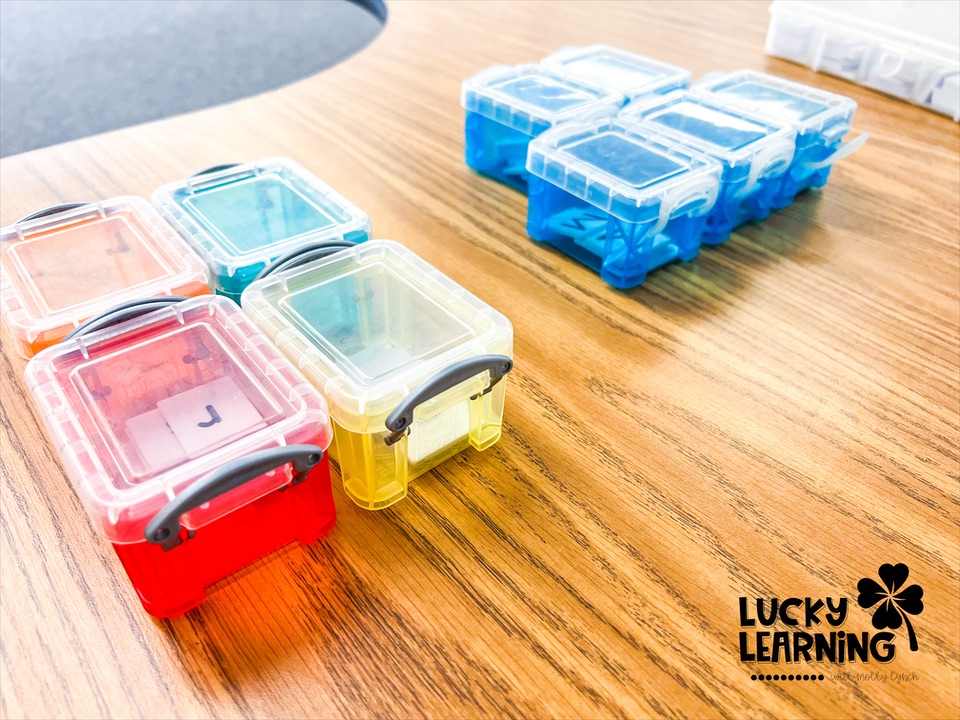
Tip for organizing tiles: If you have more than one group {and they are on different books}, use different color buckets to differentiate the groups.
This activity will take no more than 5 minutes, but it’s important to review the sounds and words your readers will see in the upcoming book.
This part of the lesson is completely scripted so you just need to read each prompt for your students.
Keep the pace of this activity fast! As your students begin to finish the word, you can select a student to write the word on a tabletop whiteboard at your reading table or you can create the words alongside your students using these larger magnetic letter tiles.
Sight Words + Vocabulary Words
It is estimated that up to75% of the words early readers are exposed to are Sight Words. Since the majority of Sight Words cannot be“stretched out” it’s important to explicitly teach, review, and revisit these foundational words frequently!
In some books, vocabulary, specific to this book, may be introduced. Before your students begin to read the book, review the sight words and new vocab words.
Again, you can write these words on your tabletop whiteboard.
Sight Words + Vocabulary Words
It is estimated that up to 75% of the words early readers are exposed to are Sight Words. Since the majority of Sight Words cannot be “stretched out” it’s important to explicitly teach, review, and revisit these foundational words frequently!
In some books, vocabulary, specific to this book, may be introduced. Before your students begin to read the book, review the sight words and new vocab words.
Reading the Decodable Text
Book Blurb
A Book Blurb is included for each decodable text. Before your students begin toread, read the Book Blurb aloud. This will give your students a focus for the text.
Reading the Book
Okay, now the fun part! You’ve worked hard to lay the groundwork and now your students are ready to read the decodable text!
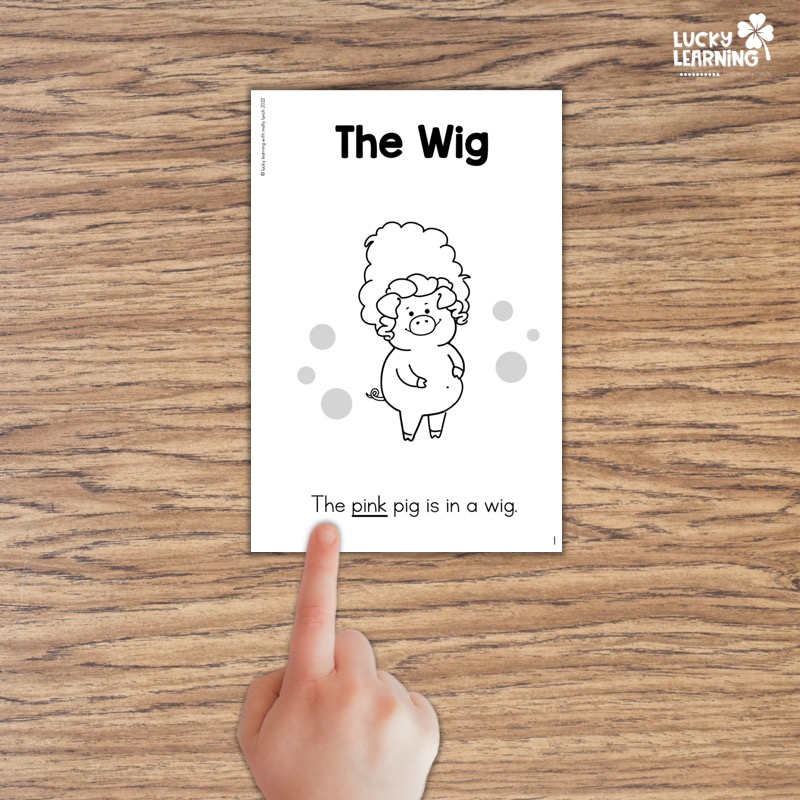
With these early readers, I always ask my students to “touch” each word as they read. This ensures 1:1 correspondence {and that they don’t add in unnecessary words!}
It also gives the reader a chance to “touch” each sound if they are struggling to stretch out the word.
As your students grow as readers, the need to touch the words will slowly go away.
After Reading Activities
Turn & Talk Prompts
I’ve included a page with suggested questions you can ask your students as they finish the text. In the beginning, books, keep the questions quick and simple. As the books become more challenging {and have a bit more substance} you should use the higher-level comprehension questions.
Dicated Sentences
With the pre-reading activities and reading the book, your students worked on decoding skills. Now, it’s time to change gears and focus on encoding skills. Keep in mind, that this is much more challenging to master so this will take time! It’s also important to work on this daily so students get ample practice on this trickier literacy skill.
Dictated Sentences are a great tool for practicing encoding skills. This simple sentence allows your students to apply what you are teaching by focusing on spelling, capitalization, punctuation, and handwriting.
Once your students have finished the book, review the phonics pattern from the book once again.
Next, you’ll read the dictated sentence from the lesson plan and ask students to repeat it back to you.
Then, students will write the dictated sentence in their Writing Journal. Encourage your students to stretch out the words and use their best printing.
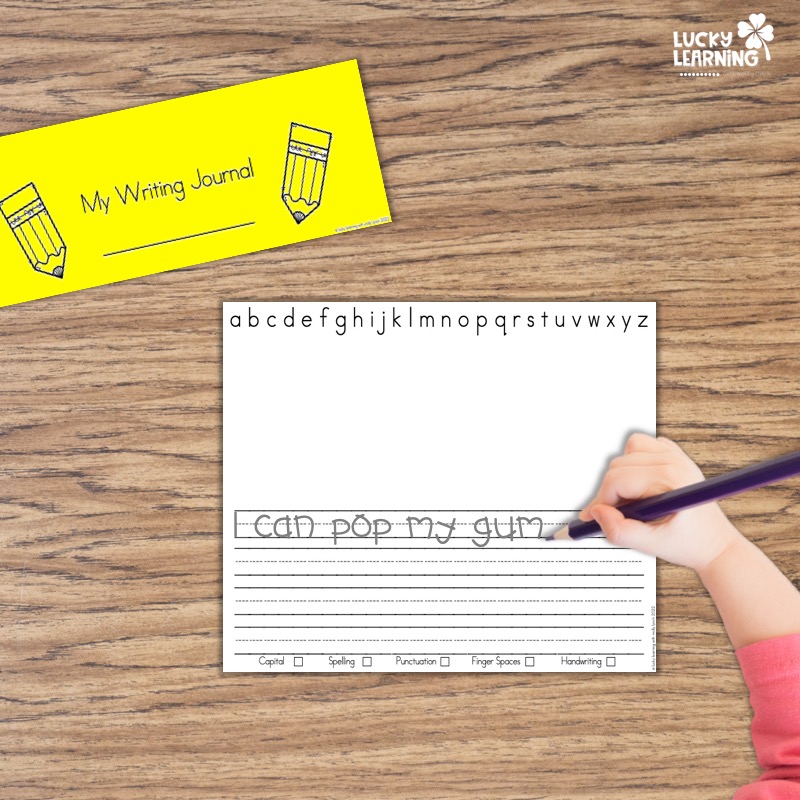
After completing the sentence, each student should re-read the sentence to you. You can rewrite the sentence on your whiteboard to show your students.
A Few Notes About Dictated Sentences
In the journal, I’ve included an alphabet at the top of the page. This is a good reference for students if they need a little help with letter formation.
I’ve also included a checklist at the bottom of the page. This gives reminders for what to check once the dictated sentence is written.
Lastly, the open space is a spot for you to show concepts such as show letter formation, punctuation, etc. as your students work through writing the sentence.
That’s the whole small group phonics lesson! It’s easy and NO-PREP! Ready to get started? Go check out Decodables in a Dash here!
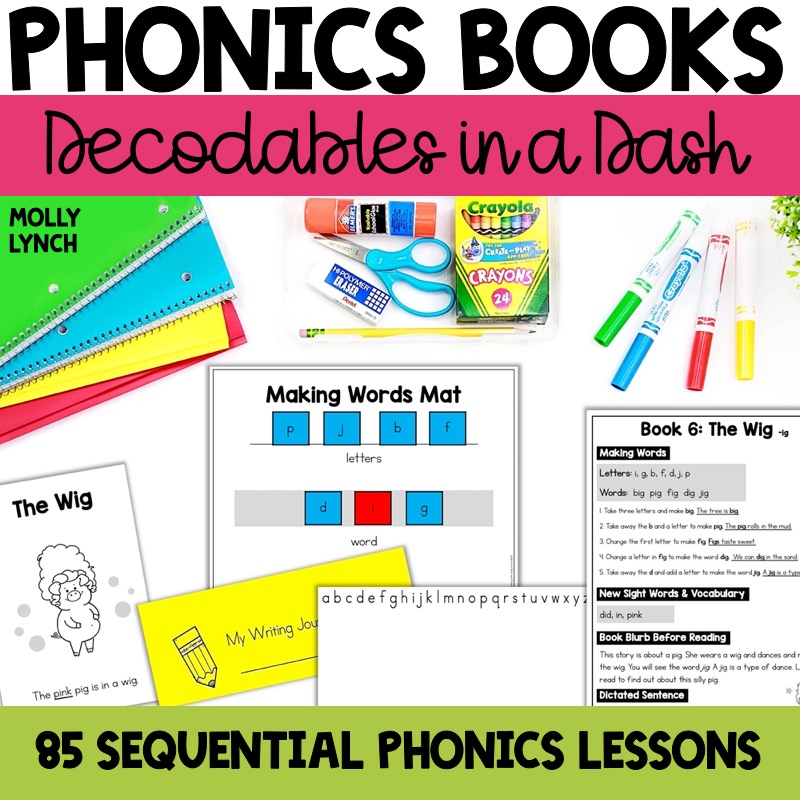
Decodables in a Dash
Decodables in a Dash includes ALL you need for a complete phonics lesson with very little prep! These Print & Go decodable books will help students master foundational Kindergarten, 1st Grade, and 2nd grade phonics patterns! Your students will love these decodable readers!
Want to get a sneak peek of the lessons? Enter your info below and I’ll send you four free lessons + books!
I hope these lessons make your small group phonics easy to manage!
Want to take a peek at how to set up the lessons? Check out this post!
